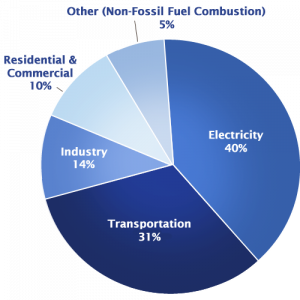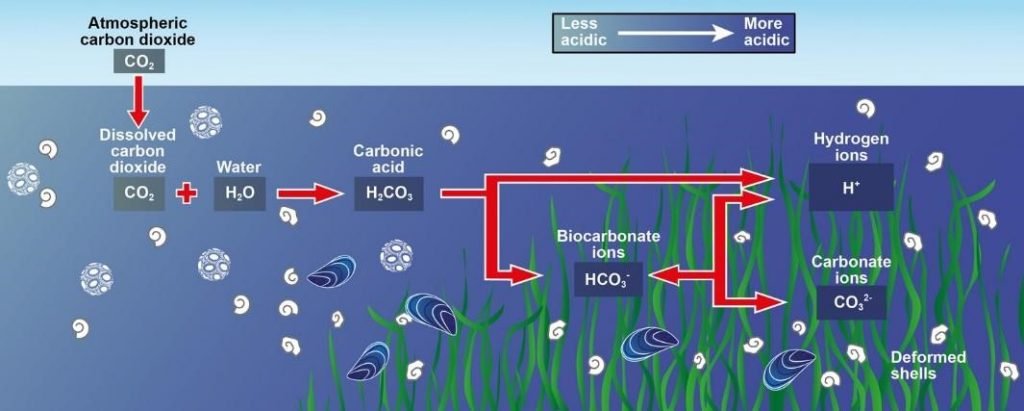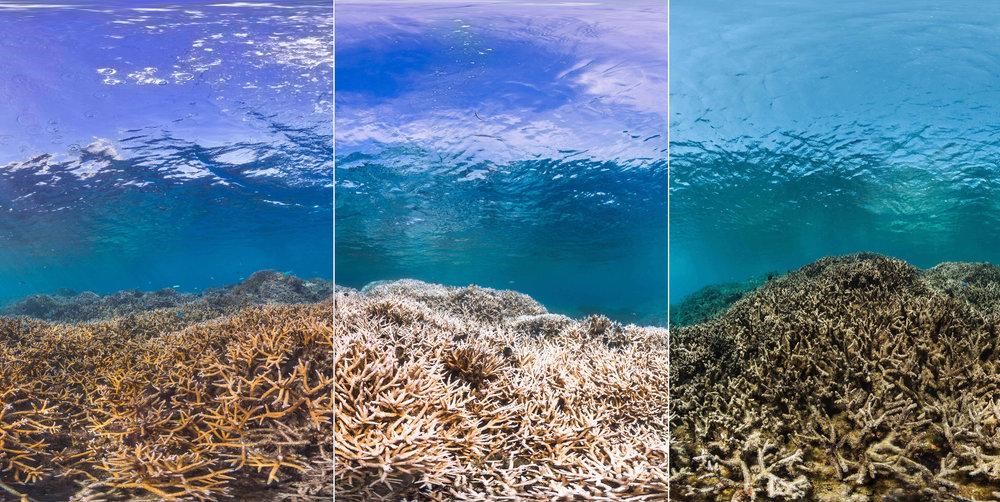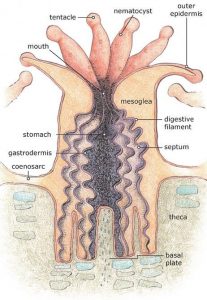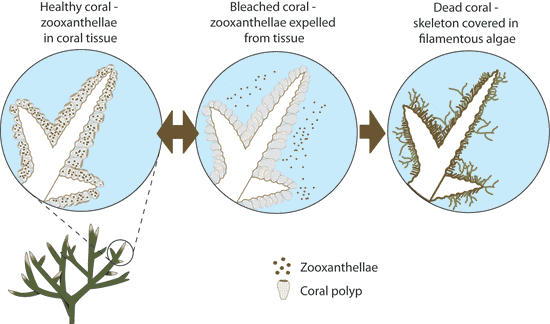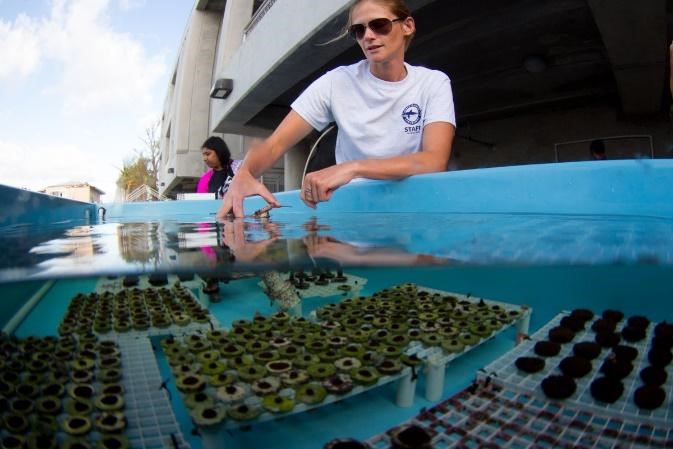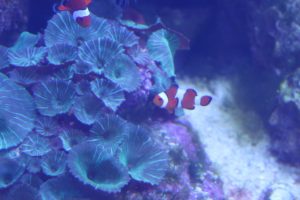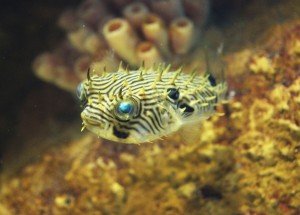Coral Reefs and Sunscreen
What can I do, here in Ohio to help protect the coral reefs thousands of miles away? The answer may surprise you. There are numerous ways YOUR individual actions can either hurt or help coral reefs around the world. One such action is the selection of your sunscreen! The sunscreen you have at home may contain chemicals that are extremely dangerous for coral reefs.

Sunscreens are important to us they help prevent skin damage from the harsh ultraviolet rays of the sun. But, the protection of our skin comes at a cost, a few of the chemicals used in sunscreens have been found to have negative effects on coral reefs. The ingredient oxybenzone is found in 65% of non-mineral sunscreens and it has recently been discovered to damage coral DNA. Oxybenzone, while thought to be an important ingredient for sunscreen has been found to negatively impact coral reefs across the globe.
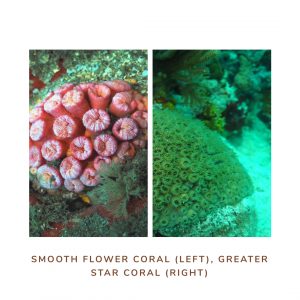
In 2005 Dr. Craig Downes and the United States National Park Service were working in collaboration to uncover the cause of coral losses in the U.S. Virgin Islands when they stumbled upon the role sunscreen played in coral death. The tourists, sunbathers, snorkelers and divers lathered in sunscreen and to enjoy turquoise blue waters were introducing chemicals that kill the very corals and damage the ecosystem they are trying to enjoy.
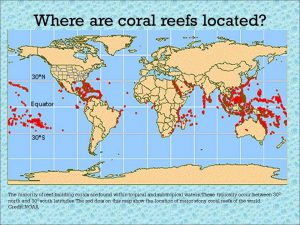
It is estimated that every year swimmers, snorkelers and divers introduce 14,000 tons of sunscreen to coral reefs. This introduction of the harsh chemical components in sunscreen, sea temperature rising and ocean acidification have worked together to create the perfect storm for coral reef destruction. Corals are living animals, not plants, these tiny animals build the foundations of the reef out of limestone. The tiny coral polyps live in large communities and play host to a special alga called zooxanthellae. The zooxanthellae live inside the coral and share food they produce from photosynthesis in return for their safe housing.
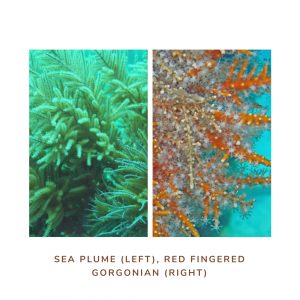
So, what can you do to help the coral reefs?
Consider looking into some of the many “reef safe” sunscreen options and/or avoiding the need for sunscreen by wearing a hat or UV-safe long sleeved shirt and pants to protect your skin. Alternatively, stay indoors instead of in the sun entirely. We need to be more aware of the impact of our actions even though they may seem inconsequential. Some states have begun to regulate the chemical components in sunscreen to help keep their coral reefs healthy.
Do your part and think about what you put on your body and into the ocean and coral reef ecosystem!

